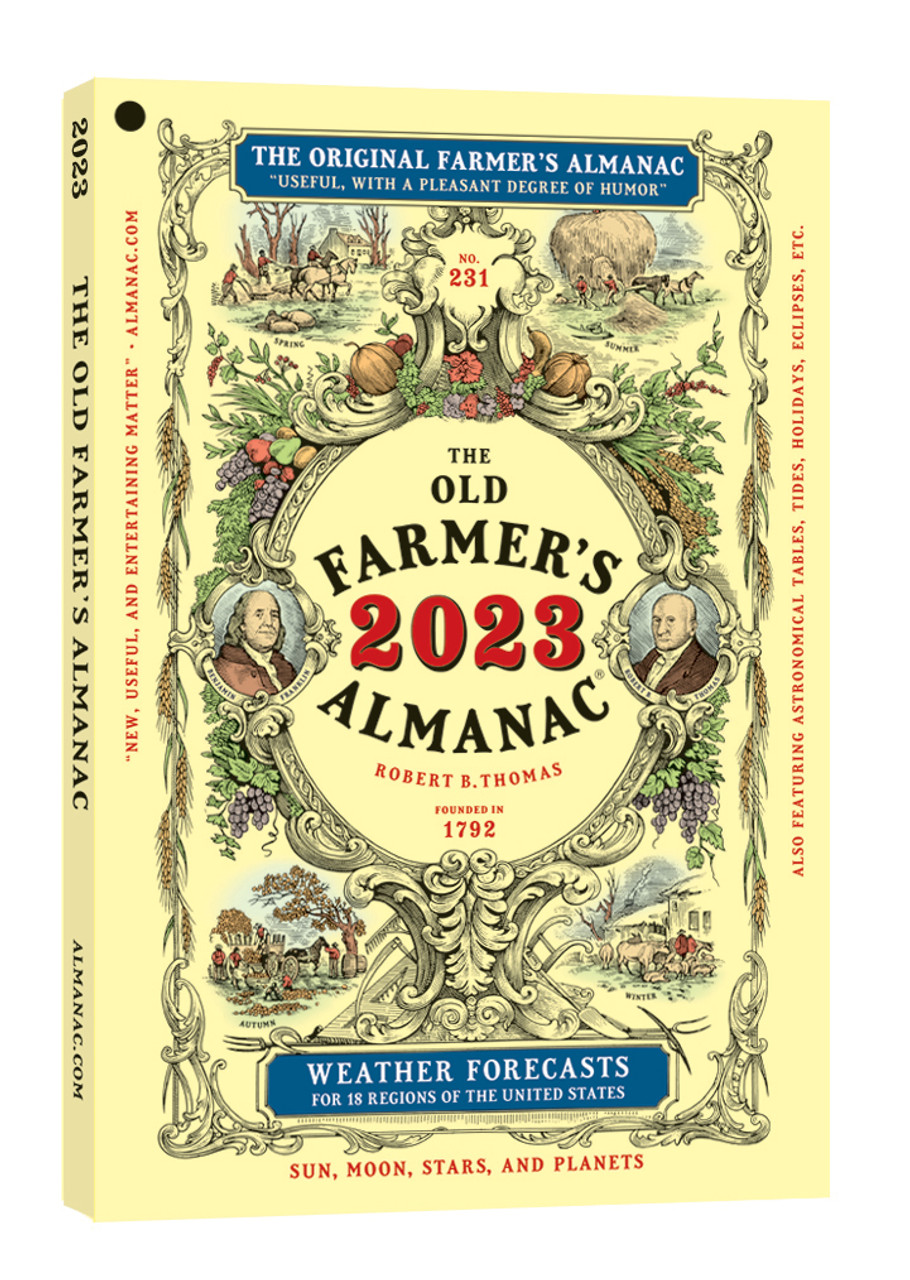
How We Did With Last Year's Winter Predictions
More Like This
ADVERTISEMENT
Hi Sandra, In The 2022 Old Farmer’s Almanac, we report on how accurate we predicted the weather the prior winter (so, winter of 2020–2021). If you are looking for this coming season’s predictions (2021–2022), they are available in the new edition on sale now. You can also find the general winter summary here: www.Almanac.com/winter
this sucks last winter we in the north east philadelphia did not have a winter ...it should be 20 below here around Sept/Oct/Dec what we get 70 to 80 degree temps this is not cally we got no snow no cold ...that is not the way it should be...hope this almanac is wrong this year and we here in philly get record cold maybe 14 to 20 inch snow storms freezing artic tempertures not summer give us real winter
Most of the projections for the Lower Lakes were close to the mark, although August turned out to be a near oven with quite not enough rain. Almost had to go buy jelly beans, unshelled peanuts and a spray bottle for water and go outside and yell, "Rain, willya?" at the sky gods, but then that derecho went through here and did so much damage. 15 tornadoes - almost a swarm occurred.
National Weather Service is predicting cooler weather and some rain in a couple of days, right in keeping with your September forecast.
Note: last year, the first snow was on Hallowe'en and no one in my neighborhood went trick-or-treating. I have photos, measured 4 inches on my front steps, where I feed the birds. The last snow of winter was April 30, same as 2018. I don't know if it's significant, but the cold weather did not really turn summery until after July 25. Butterfly and dragonfly count seems to be down in some areas, if that's significant.
I thought your predictions were pretty close to what we had. It was warmer than normal (what's normal?) and we had very little snow. In late Dec. I turned the heat down and opened windows.
We had a quick, wet spring which preceded a very hot/humid June/July and beginning of August. It started to cool down a bit after the first tropical storm, which dumped around 8 inches of rain in a few hours.
Hi, Diane,
Thank you for taking the time to let us know how the forecast worked out in your area.
As for what’s normal—good question; many people wonder. Here’s the answer:
When you read the weather predictions in this Almanac (or listen to any TV or radio forecast), you may notice the terms “normal” or “average” used to compare current traditions.
Most of us may think of the weather last year or in recent history. However, averages are based on 30-year periods prepared by government meteorological agencies and updated every 10 years. The most recent tabulations span the period 1981 through 2010. Before that, the base period used by the National Climatic Data Center (NCDC)—based in Asheville, North Carolina—was 1971 through 2000. This involves sweeping up the period’s daily temperature, precipitation, and other weather information from more than 7,000 weather stations around the country and computing new statistics to be rolled out.
The Old Farmer’s Almanac forecasts “deviations from averages,” using the official 30-year normals for temperature and precipitation, averaging each of our designated regions. Technically, we use the normals rather than the averages. (Although the spline-curve modifications affect the daily normals, they have no discernable effect on the monthly normals that we use—so in this case, the normals and averages are actually the same.)
You can read more here: https://www.almanac.com/how-old-farmers-almanac-predicts-weather and watch an entertaining video about it.
Let’s hope that the coming seasons’ forecast is as accurate!











Comments